Clifton College cricket ground, known as The Close, features in a famous poem by Sir Henry Newbolt. It was also the ground where Dr WG Grace, one of the all-time cricketing greats, played his first serious representative match, at the age of 15. Born in 1848, at Downend (then a village and now a suburb of Bristol), Grace scored 14 first-class centuries at The Close, including 221 runs against Middlesex, taking 10 wickets in the same match.
Posters promoting travelling to Bristol by train.
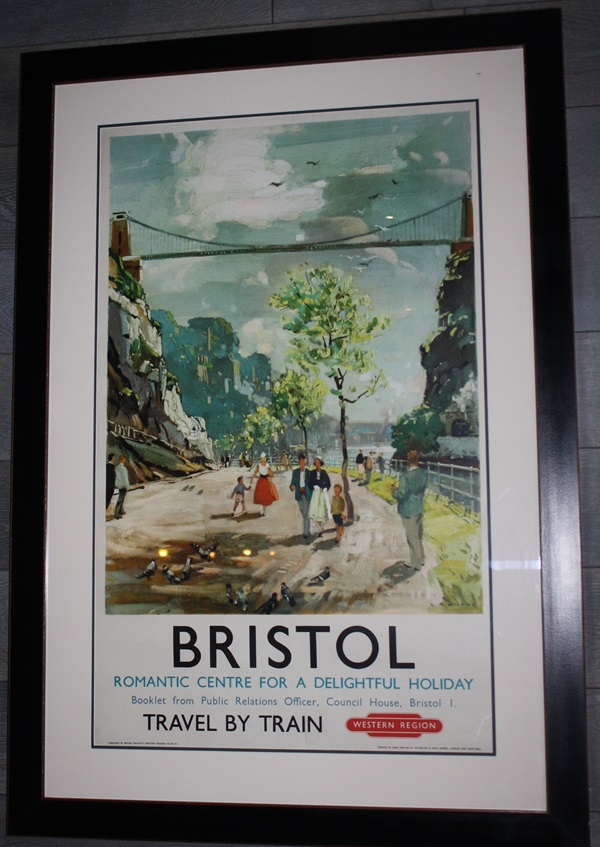

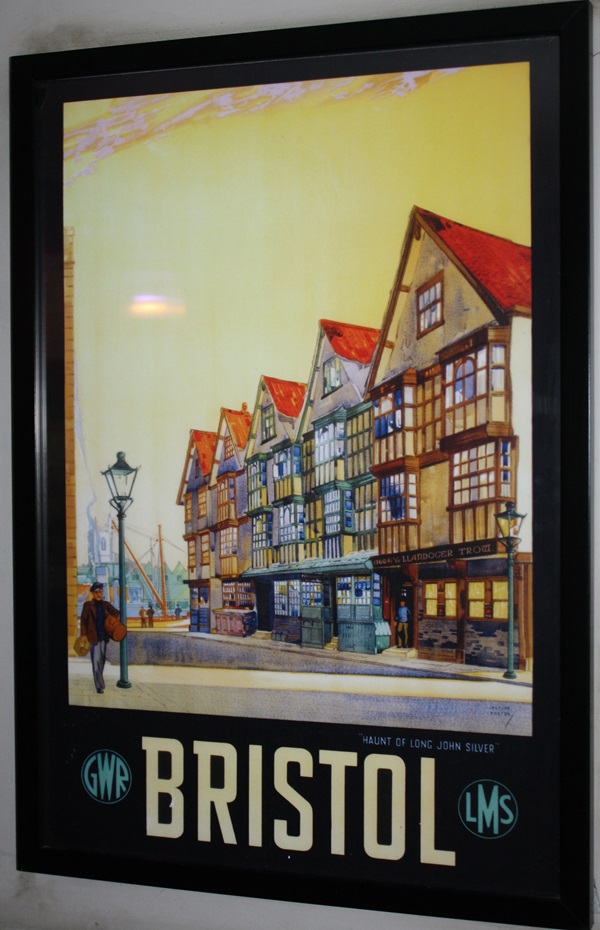
A poster promoting the Bristol Aeroplane Company Ltd.
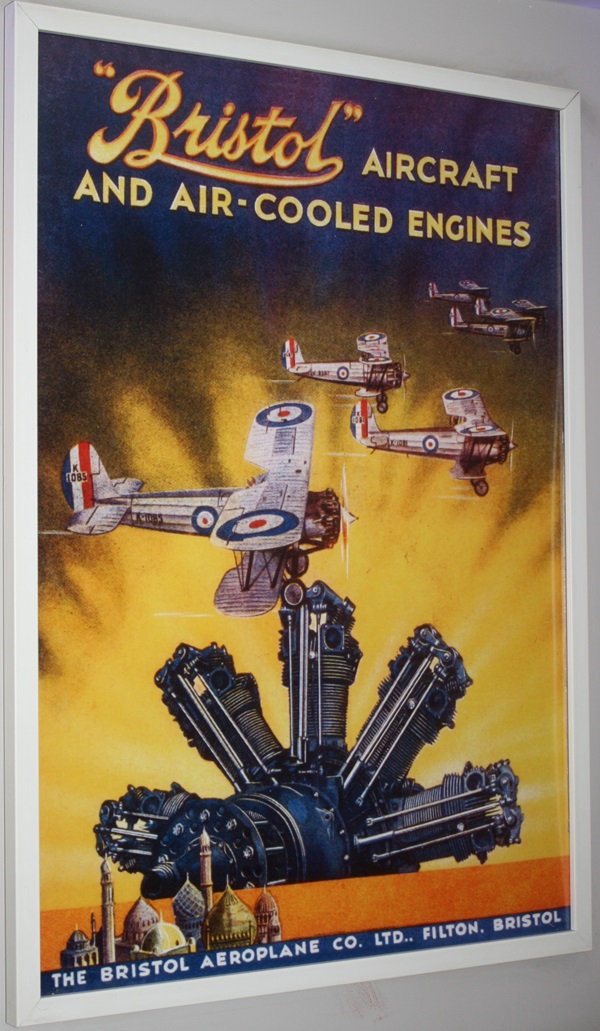
A poster promoting the Pegasus Engines from the Bristol Aeroplane Company Ltd.
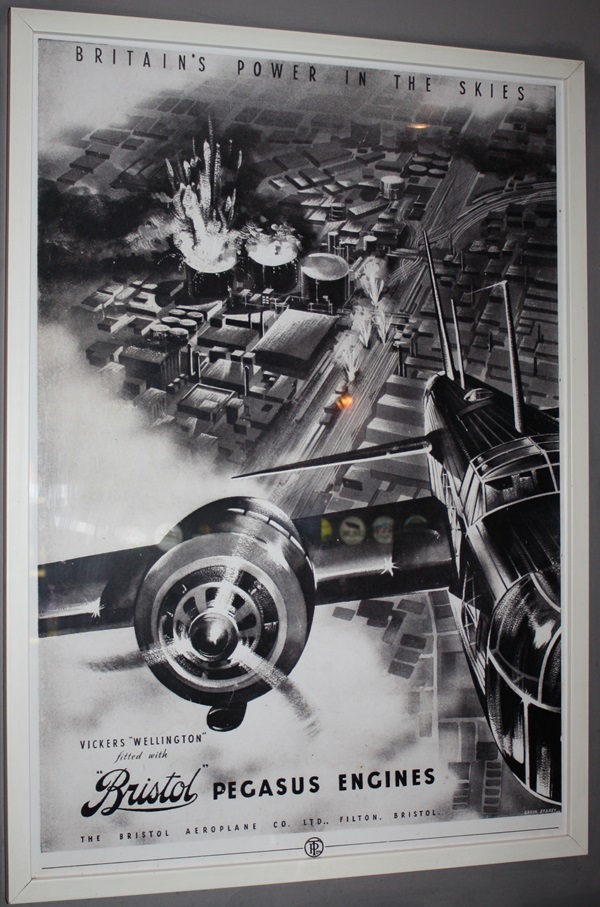
Text about JS Fry & Sons.
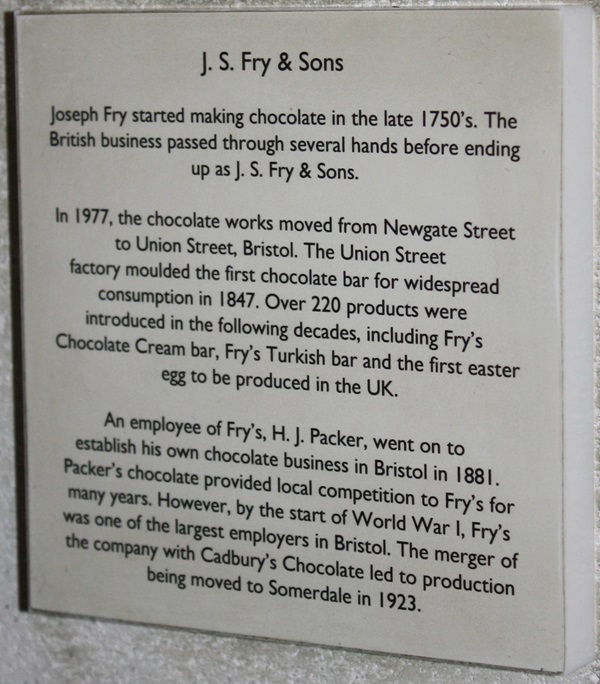
The text reads: Joseph Fry started making chocolate in the late 1750’s. The British business passed through several hands before ending up as JS Fry & Sons.
In 1977, the chocolate works moved from Newgate Street to Union Street, Bristol. The Union Street factory moulded the first chocolate bar for widespread consumption in 1847. Over 220 products were introduced in the following decades, including Fry’s Chocolate Cream bar, fry’s Turkish bar and the first Easter egg to be produced in the UK.
An Employee of Fry’s H.J. Packer, went on to establish his own chocolate business in Bristol in 1881. Packer’s chocolate provided local competition to Fry’s for many years. However, by the start of World War I, Fry’s was one of the largest employers in Bristol. The merger of the company with Cadbury’s Chocolate led to production being moving to Somerdale in 1923.
A chest of drawers displays the various types of Fry’s chocolate.
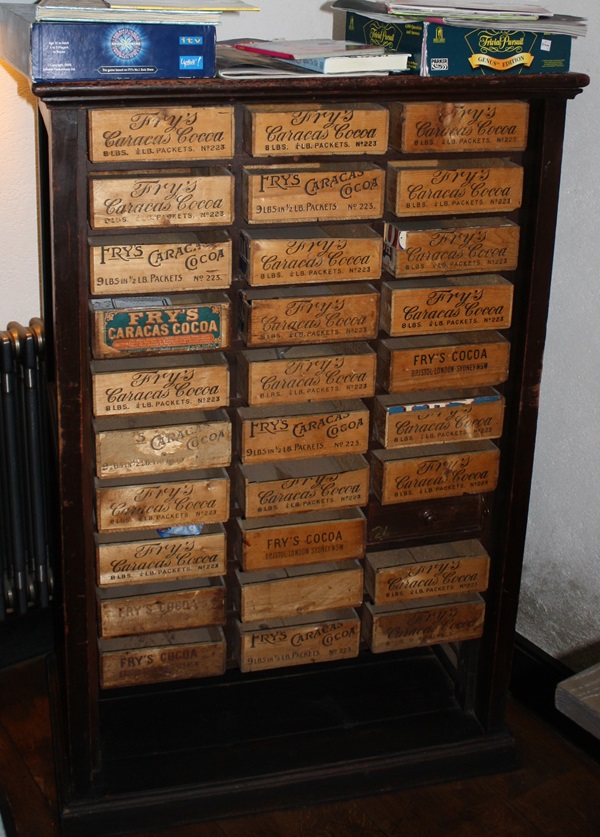
Posters advertising Fry’s chocolate.

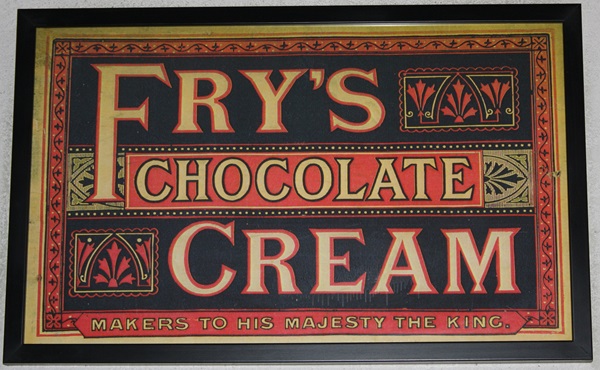
An illustration of Fry’s Factory, Bristol, 1884.

These images represent some of the many industries that have existed over the years in Clifton and the surrounding areas.
The Bristol Aeroplane Company Ltd.
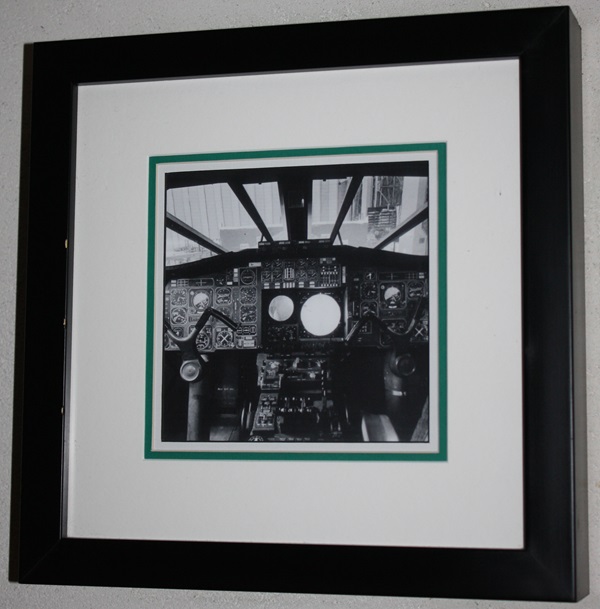
JS Fry & Sons.

Schweppes.
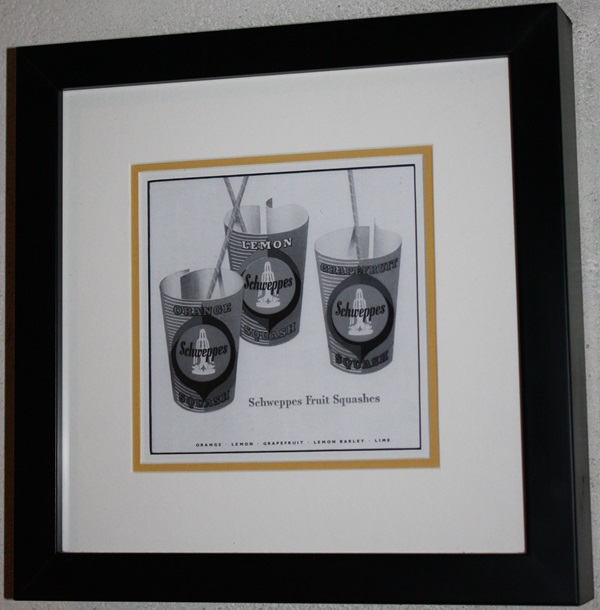
WD & HO Wills.

Wallace and Gromit.
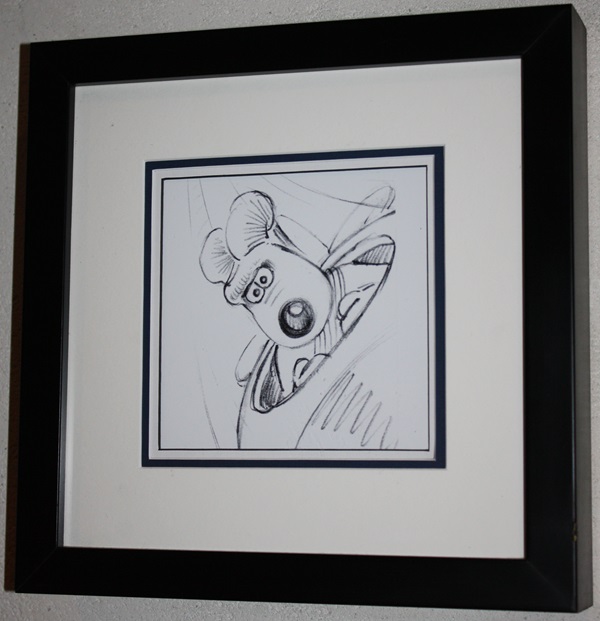
Banksy.

Rolls-Royce.

A photograph of WG Grace.
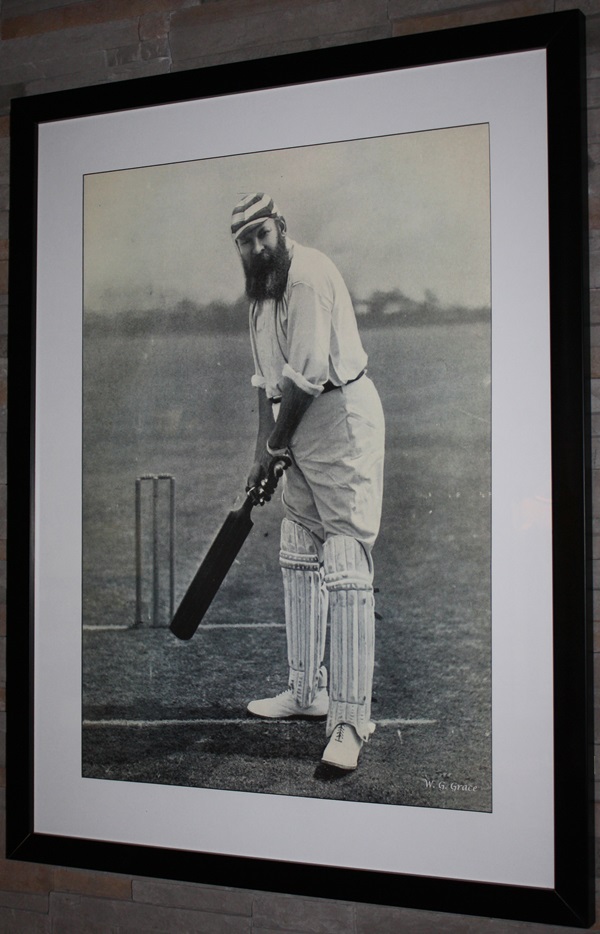
A photograph of the Bristol Docks in the 1930s.
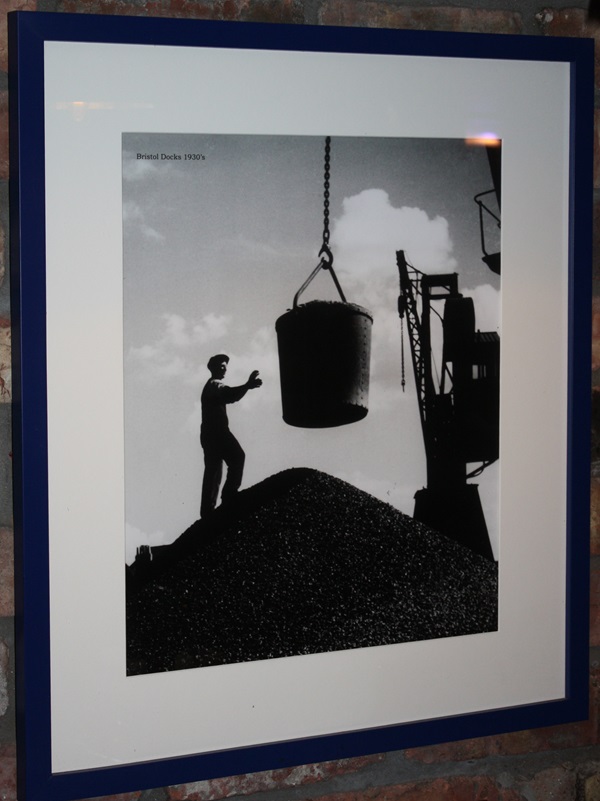
A photograph of the Bristol Docks in the 1960s.
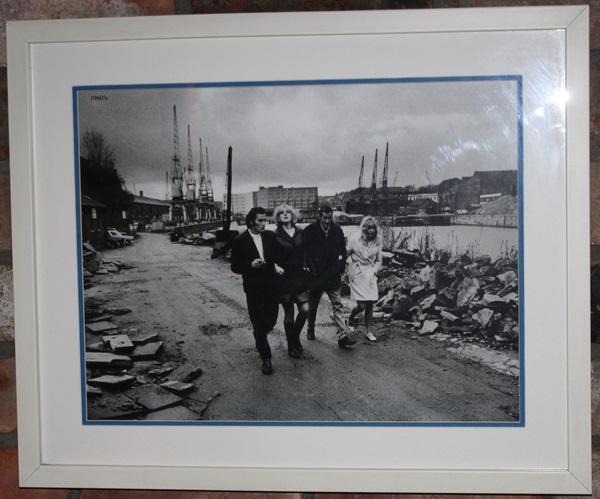
A photograph of the Bristol Docks in 1936.

Surface photographs by local artist Jade French.
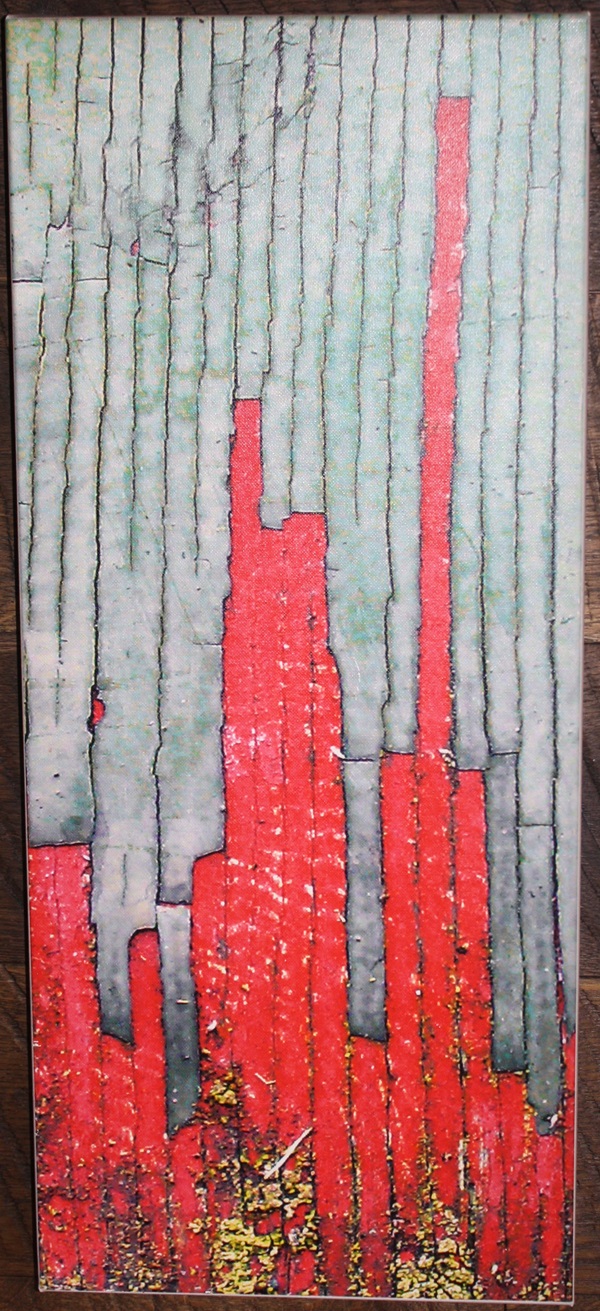



Exhibiting regularly in the Bristol area, Jade is fascinated by the minute detail of neglected and weathered items that are usually ignored. Capturing the matters up close and out of context, the shots create abstract and colourful pieces of art.
Jade has been exhibiting her work since 2007 and is a founder member of the Bristol photography group Second Look.
Modern artwork entitled The George by local artist Anthony Garratt.
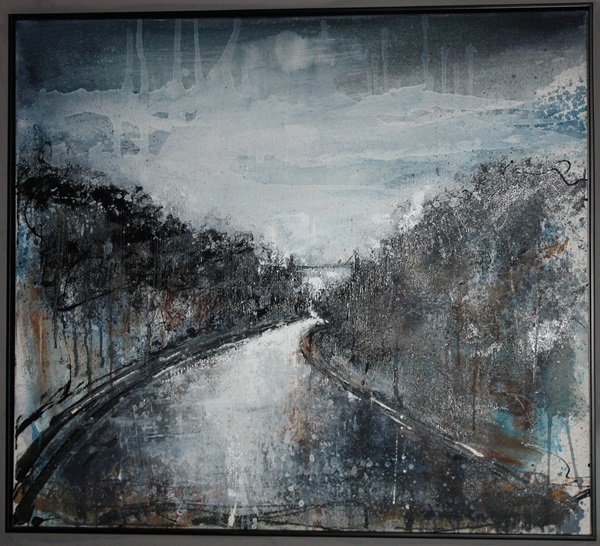
The inspiration for Anthony’s work comes from the British landscape and its ever-changing climate. Predominately a landscape painter, Anthony’s research time is spent in heavy weather, at remote locations and places that have an emotional impact. Anthony is a keen sailor, enjoying the solitude and power of the elements and the feeling of vulnerability and challenge.
Anthony was born in Sevenoaks, Kent but now works in Bristol and is the director of the Jamaica Street Studios. A member of the Royal West of England Academy, Anthony regularly exhibits at the academy and all over the UK.
Modern artwork entitled The Suspension Bridge by local artist Robert Morton.
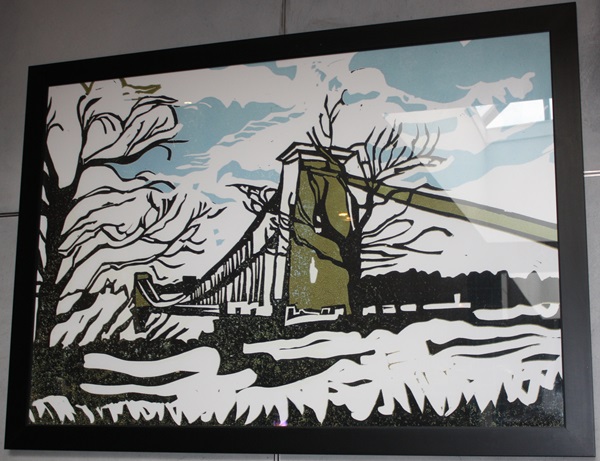
Inspired by the Clifton Suspension bridge, Rob used this piece to develop his style and technique in lino cutting. Rob Found that the beauty of lino cutting The Suspension Bridge was not knowing how the finished image would look.
This was Rob’s first coloured reproduction lino cut print and he has since gone on to produce several other images of the bridge. Each image shows the bridge in a different light. Living in the area, Rob has based a whole project on Bristol landscapes
Modern artwork entitled The Wills Memorial by local artist Robert Morton.
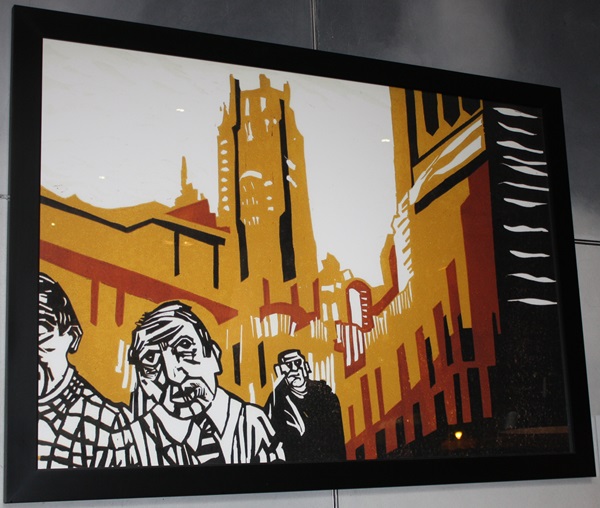
Robert produced the Wills Memorial piece using the lino cutting technique. With the aim of making his work more illustrative, Robert introduced a few characters in to the artwork. The piece also gave Robert an opportunity to use colour more expressively.
Lino tends to lend a rhythmic feel to the picture and so Rob uses it visually to convey buildings, landscapes and figures. Living in the area, Robert has based a whole project on Bristol landscapes.
External photograph of the building – main entrance.

Extract from Wetherspoon News Summer 2019.
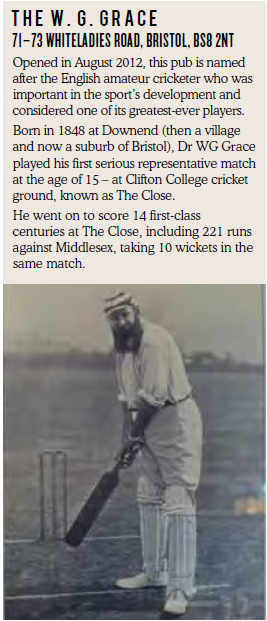
If you have information on the history of this pub, then we’d like you to share it with us. Please e-mail all information to: pubhistories@jdwetherspoon.co.uk